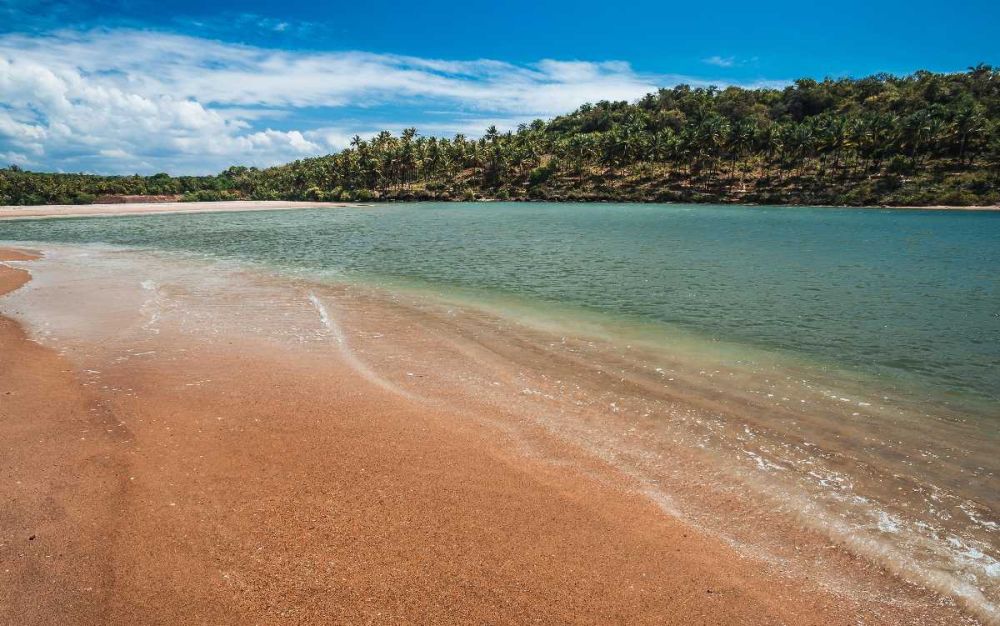

Located in the picturesque South Goa, Galgibaga Beach stands as one of the most serene and pristine coastlines in India. Often referred to as 'Turtle Beach', it is one of the lesser-commercialized beaches of Goa, offering a tranquil retreat away from the hustle and bustle of the more popular beaches.
The history of Galgibaga Beach is deeply integrated with local life and the fishing communities that have used these shores for generations. Initially, the beach served as a focal point for the local economy, with fishing and related activities being the primary occupations of the residents. The pristine nature of the beach also made it a nesting ground for the Olive Ridley turtles, a species which is now endangered.
In recent decades, with the global rise of ecotourism, Galgibaga Beach began to gain attention as a must-visit destination for those seeking an eco-friendly and sustainable travel experience. The local government and environmental organizations have taken significant steps to protect the nesting sites of the turtles, making it one of the few beaches in Goa that offers the chance to witness these magnificent creatures in their natural habitat.
Understanding the ecological significance of Galgibaga Beach, tourism has been carefully regulated to ensure the protection of its natural beauty and its turtle population. The beach doesn't boast the usual beach shacks and commercial establishments, which has helped in maintaining its untouched allure. The emphasis has been placed on creating awareness among tourists about the conservation efforts, and strict guidelines are followed during the turtle nesting season.
Today, Galgibaga Beach has become emblematic of Goa’s hidden treasures. While the beach experiences a steady flow of tourists, it is especially favored by those looking to disconnect and immerse themselves in nature. The increasing interest in responsible and sustainable travel has encouraged more people to visit Galgibaga, often preferring it over the crowded beaches of North Goa.
Current trends show a growing popularity for boutique hotels and eco-friendly guesthouses that replicate the calm and conservation-focused ethos of the beach. Also, the local cuisine, with its emphasis on fresh seafood and Goan delicacies, continues to be a major draw for visitors.
In conclusion, while maintaining its identity as a tranquil haven and a stronghold for olive Ridley turtles, Galgibaga Beach is emerging as a prime example of sustainable tourism in India. Its unspoiled sands and clear waters remain a testament to the successful balance of tourism and nature conservation.
As tourism continues to evolve, Galgibaga Beach faces the challenge of accommodating the economic benefits of tourism while still preserving its natural assets and authenticity. With responsible travel becoming an increasingly important trend, Galgibaga Beach’s approach to sustainability may well become a model for other destinations seeking to achieve the same harmony between nature and tourism.